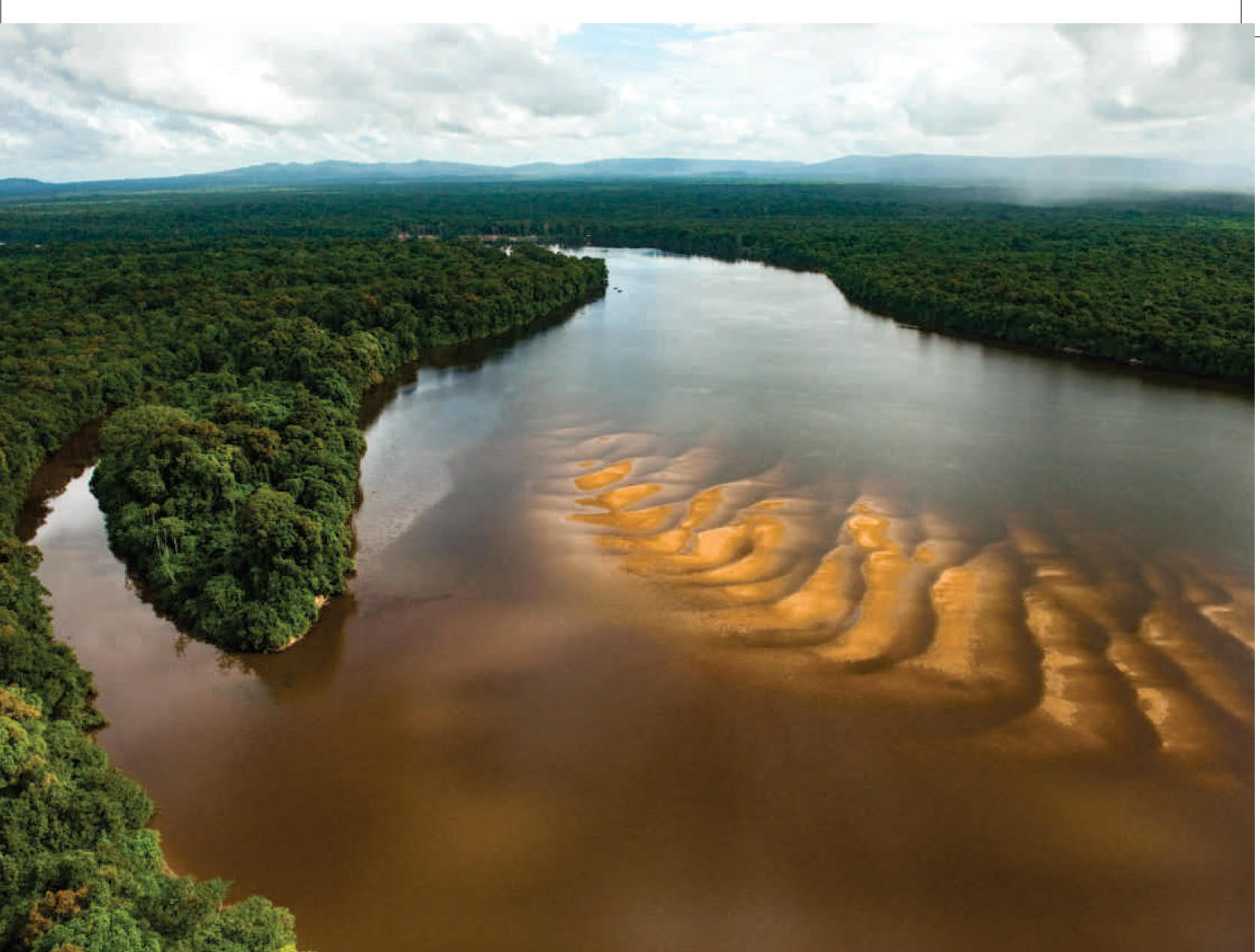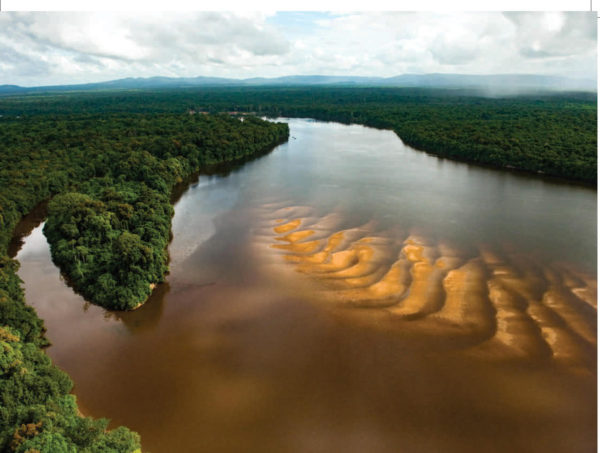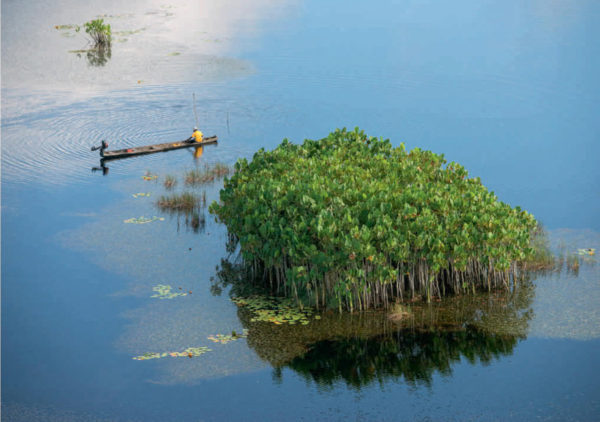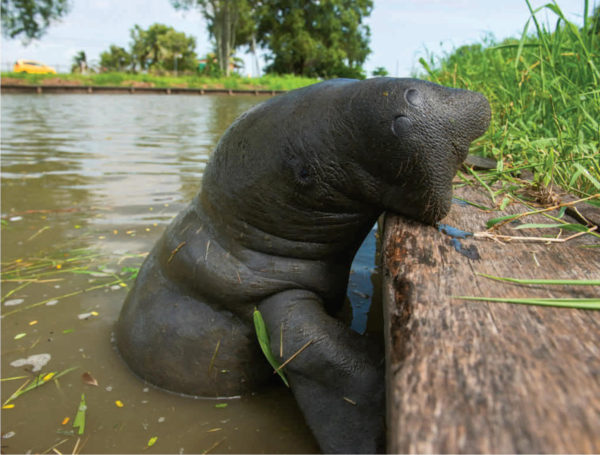The remote regions of Guyana are now accessible, to those who may not want to travel to them, through the pages of Undiscovered Guyana a book featuring images of Guyana’s diverse landscapes.
Two hundred and fifteen pages long, the book showcases mostly aerial images, taken across all of Guyana’s natural regions and highlighting components that, although they may be familiar, are given new life through the lens.
Whether it be the intricate details of the inside of a thatched benab roof, the complexity of Guyana’s vast river systems, a close up of a caiman lying in wait, or the vivid colours of a flock of Ibis in flight, all of the captured images exude some newness even if not being seen for the first time.
The man behind those captures, is Pete Oxford, United Kingdom-born conservation photographer, and one of the founders of the International League of Conser-vation Photographers.
The book, though, is a gift from President David Granger to the people of Guyana, a tool to educate and bring awareness to all the beauty that lies within the borders, one that will paint Guyana as a tourist destination, as well as a tool that will highlight the need for conservation and preservation of our resources. Its release was deliberately planned to coincide with Guyana’s 50th Independence Anniversary celebrations.
“The object is the most basic form of conservation, and that is to create a sense of pride in the country. And until you’ve got a sense of pride for your country and your resources, there’s no empathy towards conserving those resources. So the first building block that I see with this book is to develop that sense of pride and unity in the country,” Oxford said during a sit down.
Undiscovered Guyana was funded through the collaboration of the World Wildlife Fund Guyana, The Protected Areas Commission, and the Ministry of Natural Resources and the Environment.
“…All these bodies are interested in the conservation approach to Guyana and attracting people to these areas,” Oxford said.
“The more people you bring in, as long as it’s well controlled, the more people will appreciate it, are going to love it, and also it generates an income for the people that are working or living in those environments. Ecotourism, when it’s well managed, is a very powerful tool to be able to preserve the environment.”
Oxford stated that the conservation of natural resources is not possible without the approval of the persons living within the environment, and opined that while there are many problems globally, Guyana is still ahead because of its vast, intact areas. He said that these areas, however, need to be properly managed and protected from existing threats, such as uncontrolled logging and mining, which, although their extraction bring value in the short term, will provide much more value in the long term.
Oxford describes himself as a biologist by training and a naturalist by passion. He has written 13 books, two of which are on Guyana. Rupununi: Rediscovering a Lost World, was released in 2010 with the support of Conservation International and was written along with Graham Watkins, who was the then Director General of Iwokrama. Oxford, who conducts nature tours around the world, expressed his intention to begin a similar venture in Guyana starting next year.
Undiscovered Guyana is currently available at the Protected Areas Commission and the Sleep Inn Hotel, located on Brickdam for the cost of $10,000.








